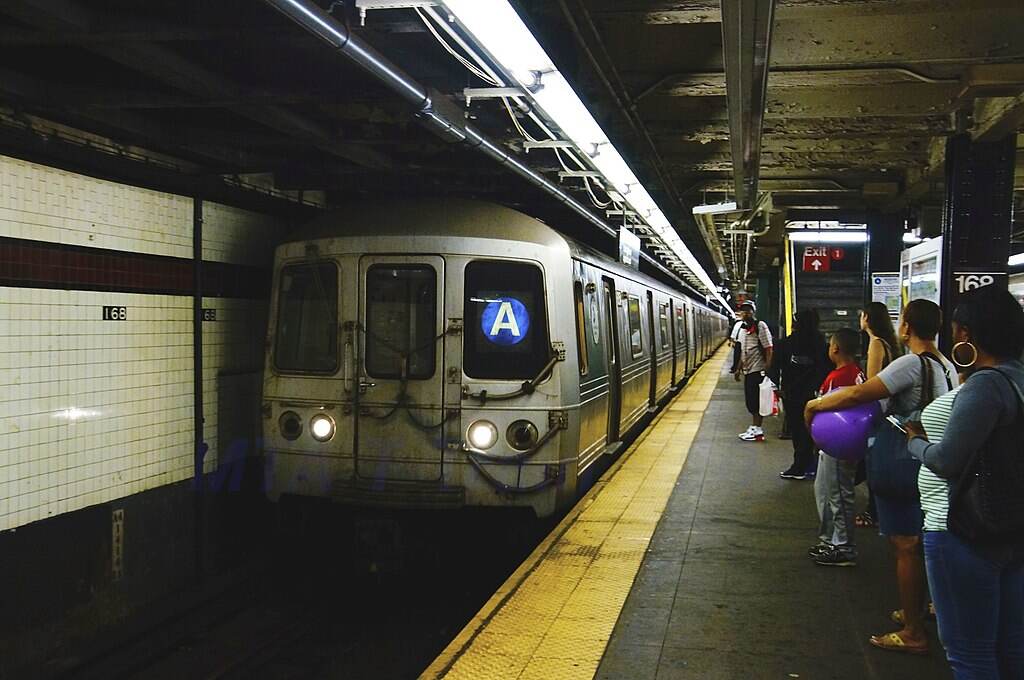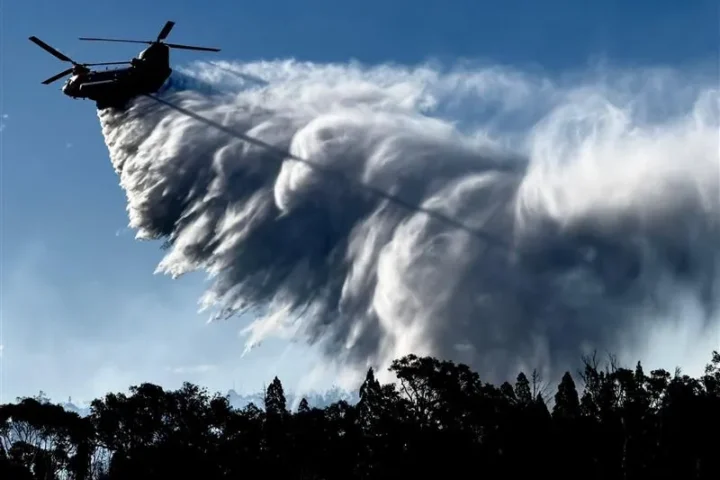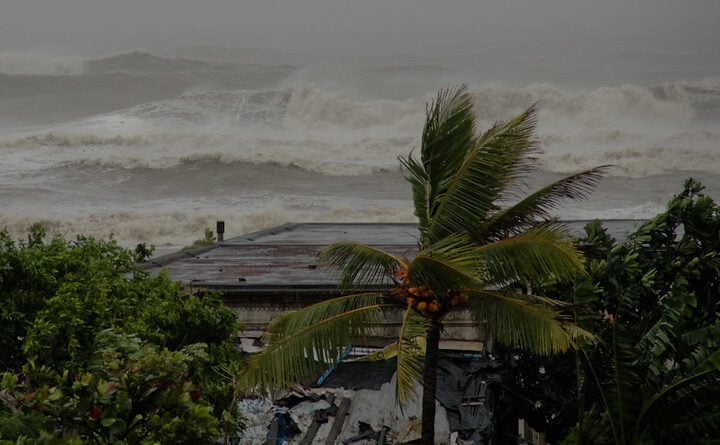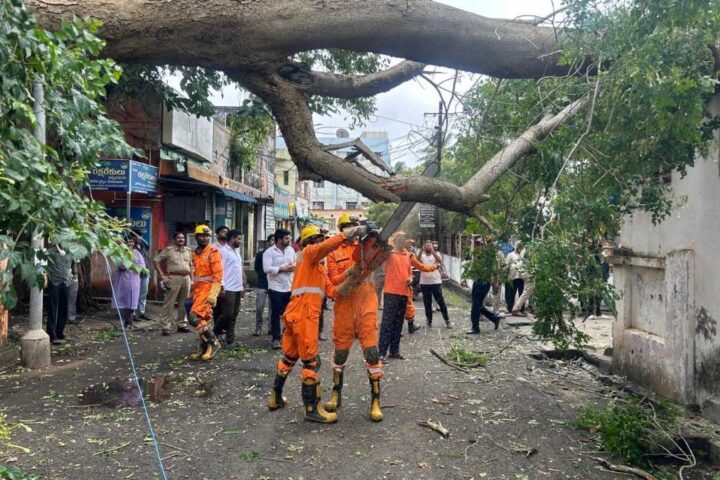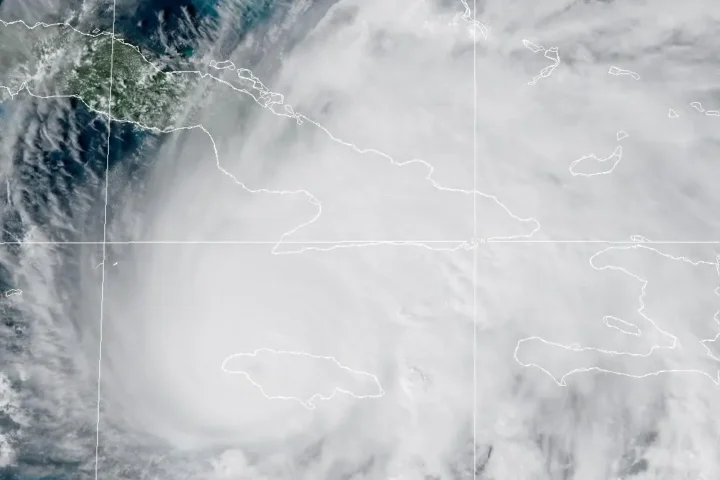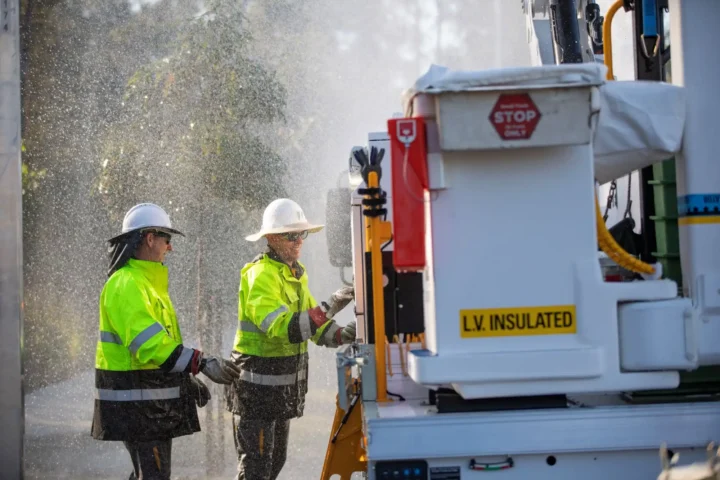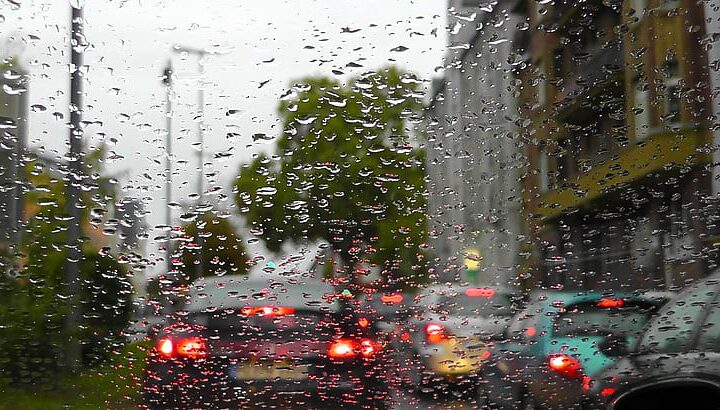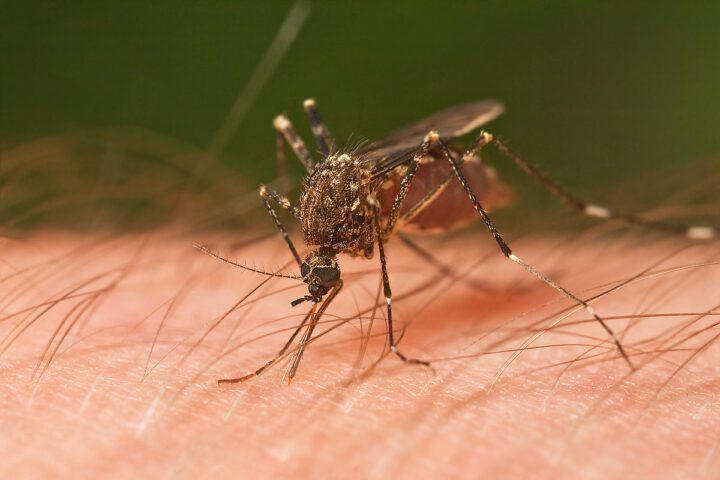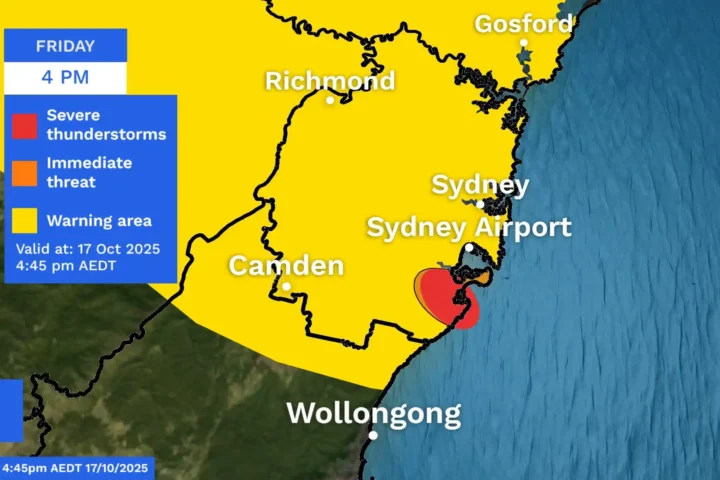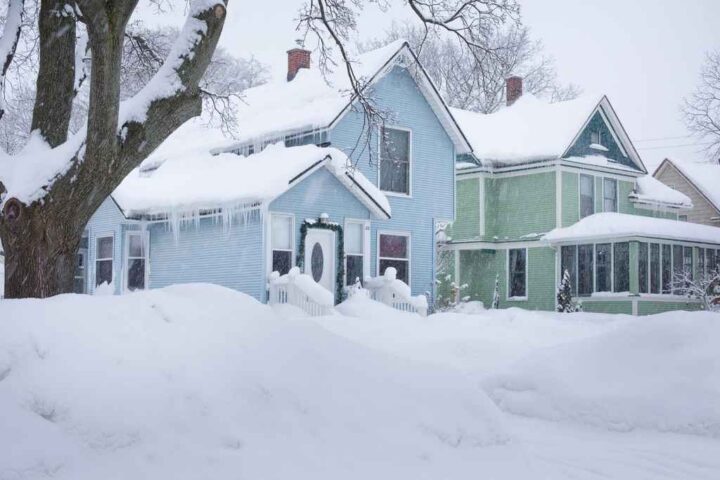A power outage affecting the signal system at West 4th Street-Washington Square station caused major service disruptions across multiple subway lines during Tuesday morning’s commute, leaving thousands of New Yorkers scrambling for alternate routes as temperatures reached the mid-90s with heat index reaching around 104°F.
The MTA reported the signal power loss occurred shortly before 8:30 a.m. on July 29, with officials immediately launching an investigation into whether the outage was heat-related. NYC Transit President Demetrius Crichlow confirmed that while signals lost power, trains maintained electricity for lighting and air conditioning, sparing riders from being trapped in hot cars.
“We were able to reset one of the breakers in the area and so service is starting to resume at this point,” Crichlow said. “Teams are out there on the tracks. You can see a lot of activity out here. Teams are out here resetting signals to be able to get trains moving and up and running for the early afternoon.”
Service Impacts and Alternate Routes
As of noon Tuesday, the outage had prompted several service changes affecting much of Manhattan’s subway network:
- B and C trains: Service suspended in both directions
- A trains: No service between 59th Street-Columbus Circle and Jay Street-MetroTech
- D trains: No service between Atlantic Avenue and 34th Street-Herald Square
- E trains: No service between Queens Plaza and World Trade Center
- M trains: No service between Delancey Street-Essex Street and Forest Hills-71st Avenue
- F trains: Running on E and G lines between Jackson Heights and Bergen Street, bypassing Manhattan entirely
According to MTA advisories, commuters were encouraged to use alternative routes and check the MTA website or app for service updates.
Technical Response and Recovery Efforts
The power issue primarily impacted signals at three key stations — Spring Street C/E, West 4th Street-Washington Square, and Broadway Lafayette — forcing signals to default to red, which prevented trains from proceeding through the affected area.
MTA crews identified that one of the signal system’s breakers had tripped and began resetting procedures while technical teams investigated the root cause. A high-powered generator was deployed to the site as crews worked to restore signals.
The outage affected a critical junction in the subway network, as West 4th Street serves as a major transfer point between the IND Sixth Avenue and Eighth Avenue lines, with connections to multiple train lines.
Heat Wave Context and Infrastructure Challenges
The signal failure occurred during an intense heat wave gripping New York City, with temperatures in the mid-90s and heat index reaching around 104°F. The coincidence raised questions about whether extreme heat contributed to the electrical problems in the signaling system.
High temperatures pose unique challenges to subway infrastructure, particularly electrical systems. Heat can increase electrical resistance in signal wiring and contribute to equipment failures, especially in older sections of the system.
MTA’s Heat-Response Measures
The MTA has been implementing both immediate and long-term strategies to address heat-related vulnerabilities in the subway system:
For immediate heat wave response, the transit agency deploys “heat patrols” to proactively inspect tracks and signal equipment during extreme temperatures. These specialized teams look for potential issues that could arise from heat-expanded rails or stressed electrical components.
Similar Posts
“Because high heat can sometimes have an impact on track alignment, there will be an increase in heat patrols proactively inspecting track and extra staff has been scheduled across subway and buses to respond quickly to any situation, if needed,” Crichlow said during a previous heat event.
Climate Resilience Initiatives
The MTA released its Climate Resilience Roadmap in April 2024, which includes $6 billion in investments over the next decade to protect the system against extreme weather, including prolonged heat waves.
The roadmap contains strategies for signal systems and electrical infrastructure protection from heat-related failures, such as applying white reflective paint on rails to reduce temperatures and improving air conditioning in temperature-sensitive areas like communications rooms and electrical rooms.
MTA Construction & Development President Jamie Torres-Springer has previously discussed these investments: “All of the MTA network can be affected by high heat, from tracks and signals to customer waiting areas above and below ground, to critical infrastructure like communications rooms and power equipment.”
Passenger Impact
Commuters faced extended delays—with at least one rider describing a 20-minute wait—and passengers reported discomfort on crowded platforms while awaiting reroutes or service restoration during the hot summer morning.
The transit authority used its digital notification systems to alert riders, with NYCEM’s Notify NYC account posting service change information on social media and the MTA deploying alerts across its digital displays, website, and mobile app.
While trains that were already in service when the outage occurred maintained power for air conditioning, the stalled service meant many passengers faced extended waits on hot platforms or needed to seek alternative transportation methods during the morning rush.
Summary
The power outage at West 4th Street station on July 29, 2025, disrupted service on multiple subway lines including the B, C, A, D, E, M, and F trains. MTA crews worked to reset breakers and restore signals after the failure occurred at approximately 8:30 a.m. The MTA advised riders of alternate routes and deployed additional staff to address the technical issues. The incident occurred during a heat wave with temperatures in the mid-90s and heat index reaching around 104°F. The MTA’s Climate Resilience Roadmap contains measures for protecting signal systems from extreme weather events.
